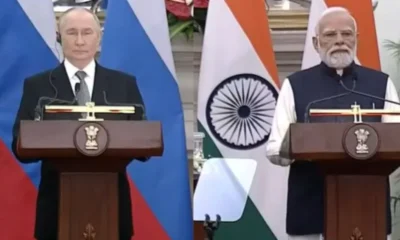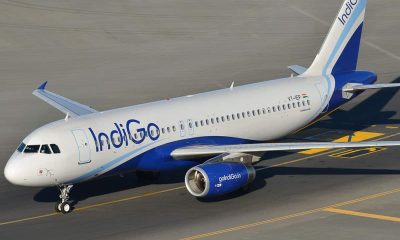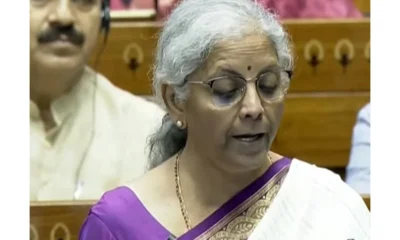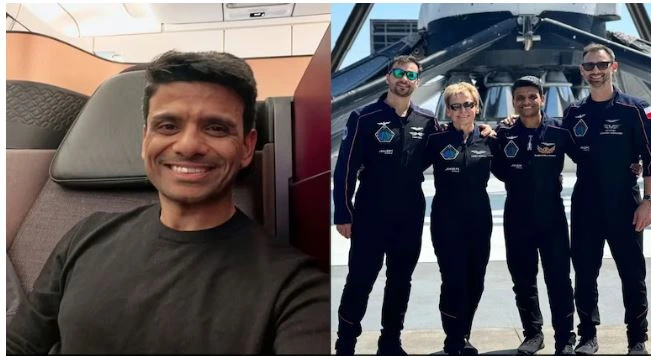Latest Science News
Pragyan rover finds sulphur at Moon’s south pole, search for hydrogen: ISRO
Indian Space Research Organisation on Tuesday said that the Pragyan rover of the Chandrayaan-3 mission has unambiguously confirmed the presence of sulphur on the lunar surface near the south pole.

Latest Science News
Astronaut Shubhanshu Shukla to meet PM Modi after return from historic space mission
Astronaut Shubhanshu Shukla, who recently returned from the ISS as part of the Axiom-4 mission, will meet PM Modi this evening. Parliament will also hold a special discussion on his historic journey.
India News
Shubhanshu Shukla pens emotional note as he returns to India after space mission
Indian astronaut Shubhanshu Shukla penned an emotional Instagram post as he returned to India after his 18-day ISS mission, marking a milestone in India’s space journey.
Latest Science News
Shubhanshu Shukla becomes second Indian in space, lifts off for ISS aboard Axiom-4 mission
Group Captain Shubhanshu Shukla becomes the second Indian astronaut to travel to space after four decades, aboard the Axiom-4 mission to the International Space Station.
-

 Entertainment6 hours ago
Entertainment6 hours agoDhurandhar review: Ranveer Singh roars back, Akshaye Khanna shines in intense spy thriller
-

 India News12 hours ago
India News12 hours agoIndiGo flight chaos deepens as over 500 services cancelled, passengers stranded for hours
-

 India News6 hours ago
India News6 hours agoIndia and Russia vow to walk together against terrorism, reaffirm strategic partnership
-

 India News11 hours ago
India News11 hours agoRBI cuts repo rate to 5.25%, paving the way for cheaper loans
-

 Latest world news11 hours ago
Latest world news11 hours agoAsim Munir appointed Pakistan’s first Chief of Defence Forces, to serve 5-year term
-

 India News1 hour ago
India News1 hour agoCentre orders probe into IndiGo crisis, expects normal flight operations in three days
-

 India News46 mins ago
India News46 mins agoSimone Tata passes away at 95: A look at the visionary who shaped Lakme and modern retail
-

 India News35 mins ago
India News35 mins agoLok Sabha clears bill to levy cess on pan masala and similar goods for health, security funding






